When I started Dirty Pink 305, I was well aware of two very important projects that have already taken big strides in documenting Miami’s artist community. The first was the Miami Contemporary Artists book edited by artists Julie Davidow and Paul Clemence that, in 2007, published the work of over 100 artists living and working in Miami, making it the first comprehensive collection of artist information from the area.
The other is Wet Heat Project, an ongoing collaboration by the artist/documentary team Grela Orihuela (producer) and Bill Billowit (director), who created two artist documentaries on Miami-born artists Hernan Bas and Bert Rodriguez. Under this project name, they started Wet Heat TV, a platform to create ongoing short films of artists-in-studio, artist couples, and art professionals sharing personal insights, as well as a series of performance projects by New World School of the Arts students.These two projects focused specifically on documenting artististic practice, and offer us invaluable insight into the ideas circulating within Miami’s art community. However, the value of such initiatives hasn’t quite resonated within that community as yet.
As it stands, no one in Miami seems very interested in investing in documentation. As a result, Miami has been in what Domingo Castillo has referred to as a state of “amnesia.” The desire to constantly push forward to discover the next “hot thing,” fueled by Miami’s prevailing commercial art forces—art fairs, galleries, collectors—has left little interest in placing those practices with a context, and even less interest in spending money to preserve Miami art’s recent history. Why so little support for documentation, the need for which is usually so easily understood?
Over the past decade, Miami galleries have been incentivized by Art Basel Miami Beach, and as a result, they have shifted their focus toward a single week of exhibiting emerging artists, fostering collectorship, and moneymaking. Perhaps inadvertently, Art Basel offers a somewhat superficial aura of inclusion by encouraging galleries to present something “new” each year. Young artists fresh out of art school are given wonderful opportunities to exhibit their work to an international audience. However, these opportunities are a kind of double-edged sword. Encumbered to create work in the same mode for anywhere between one and five years, depending on how their career sustains the market, these artists quickly find themselves outmoded as soon as the next “new” comes on the scene. Investment in an artist’s career over the long term has been rare. This inclusion of local artists in Art Basel Miami is, however, peripheral to the showcase of internationally renowned artists for which Miami provides the proverbial white walls. The last ten years have provided a fascinating case study on how an art community has been (somewhat willingly) cajoled into becoming something for which they are perhaps not best suited, or ready, to be. However, this seems to be changing.
Today, Miami is a year-round hub for activity within art districts from Little Haiti to Wynwood and the Design District to Downtown and even South Beach. Artists are staying in, and even moving to, Miami to live and work, and galleries are beginning to develop exhibition programs that are more multifaceted than before. I am hopeful that the next step will include exhibition catalogs and other such documentation focused on artists’ practices, which will in turn facilitate a more ardent critical dialogue.
There is one project, however, whose documentation efforts have stood the test of time. The Vasari Project, started by Helen Kohen and now run by Denise Delgado, began 10 years ago with the simple task of collecting all art-related information from events and exhibitions in Miami since 1945. Housed within the Miami Dade Public Library, its boxes of material provide the ONLY go-to place for what has happened here collectively. The Vasari Project is an invaluable resource to find the documentation related to exhibitions and activities Miami’s artists have participated in. We’re proud to say that they have also partnered with Dirty Pink 305 to help us write an artists’ history of the past decade.
Another partner is ArtPulse magazine. One of a handful of publications committed to covering Miami’s artist activities, ArtPulse (run by husband and wife team José López and Raisa Clavijo) consistently publishes artist profiles and exhibition reviews from Miami. They have managed to do this on an even playing field with other national and global publications, because the magazine is distributed nationally. It is this widespread distribution across the US that is helping to put Miami art into a national and even global arts context.
These initiatives represent the efforts of a handful of pioneers that have truly understood what it means to promote longevity in the arts. All of these projects have been a labor of love, and have been initiated by individuals with more willpower than cash flow.
I believe—with the clock ticking and time quickly passing—that their time will come. The value of this documentation will become apparent as we rely on it more and more to recount this fascinating moment in Miami art.
Post written by Claire Breukel of Dirty Pink 305.

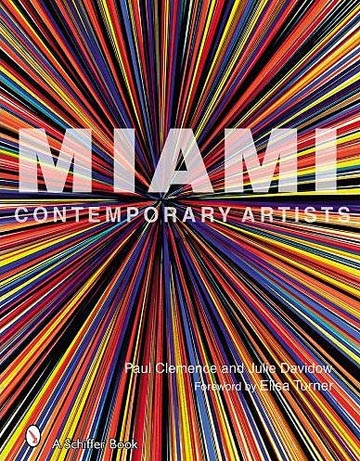
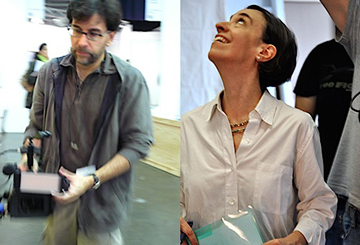
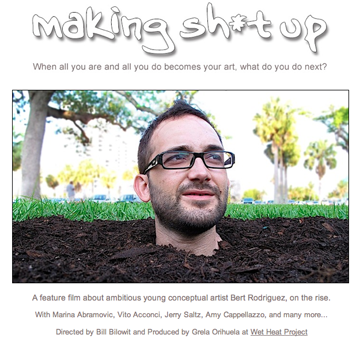
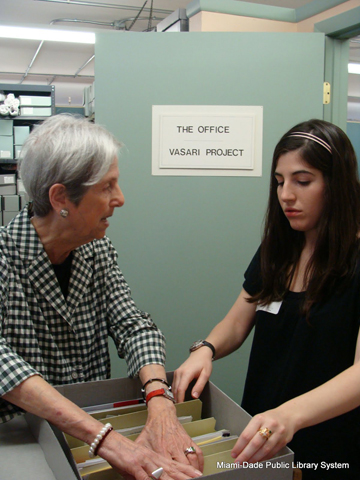
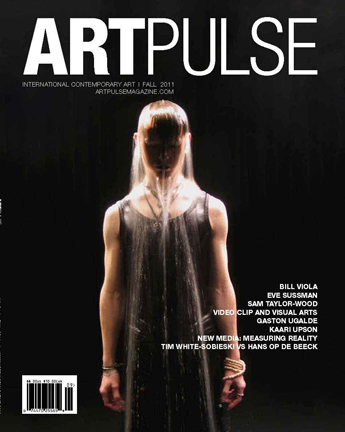



Pingback: » DP305 blogs on Art 21